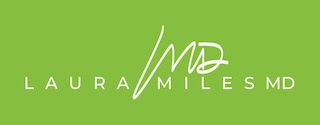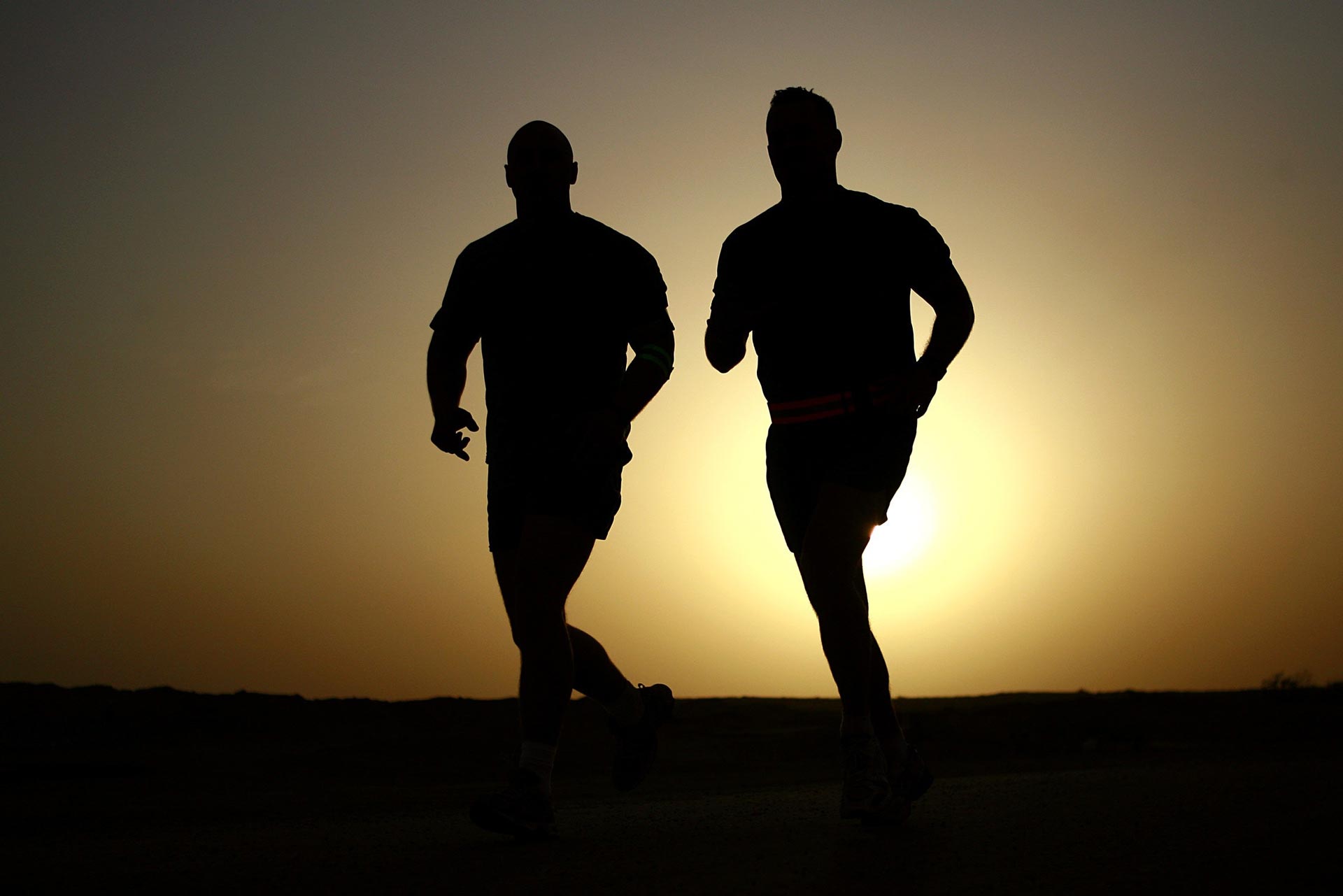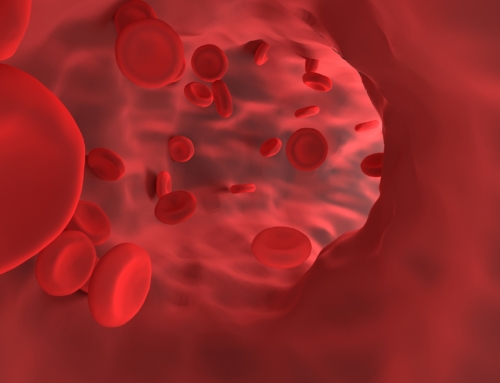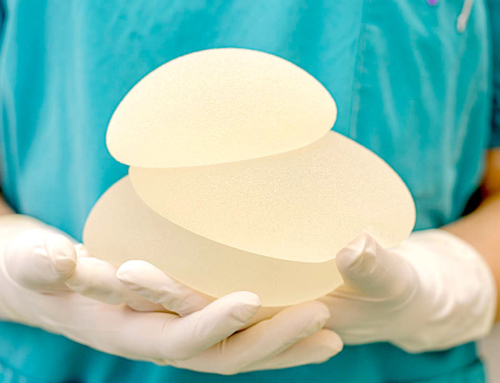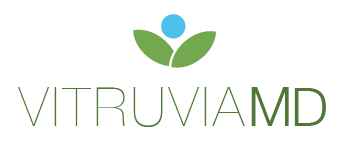Glutathione is a molecule the body makes in almost every cell. It’s responsible for assisting with the production of ATP (the mitochonrdia’s energy molecule important for endurance), and serves as an anti-inflammatory, a detoxifier, and an anti-oxidant. In fact, it is often referred to as the “master” anti-oxidant.
During exercise the body’s glutathione levels drop by 40% within the first ten minutes of aerobic activity. That means the body’s ability to protect itself against the damage from lactic acid diminishes, which can lead to longer muscle recovery, i.e. more stiffness and soreness post-exercise. Additionally, the body’s endurance may decline with decreased glutathione levels, resulting in reduced ATP production.
Those who exercise regularly require continued glutathione stores. There are several ways to do this:
- N acetyl-cysteine (NAC): NAC is a precursor to glutathione, thus maintaining and replenishing its store.
- Acetyl-glutathione: Not all glutathione supplements are created equal. It is very difficult to absorb glutathione which is why NAC has been so popular. There are a few liquids available that have positive absorption studies, but unfortunately glutathione liquid tastes like rotten eggs (my opinion). Xymogen’s S-Acetyl Glutathione has yielded positive absorption studies.
- IV Glutathione: This is the fastest and most bio-available form. When glutathione in infused by vein it bypasses the gut, thus not relying on the body to absorb it. IV glutathione is used as an anti-aging treatment, sports performance aide, as well as Parkinson’s treatment.
